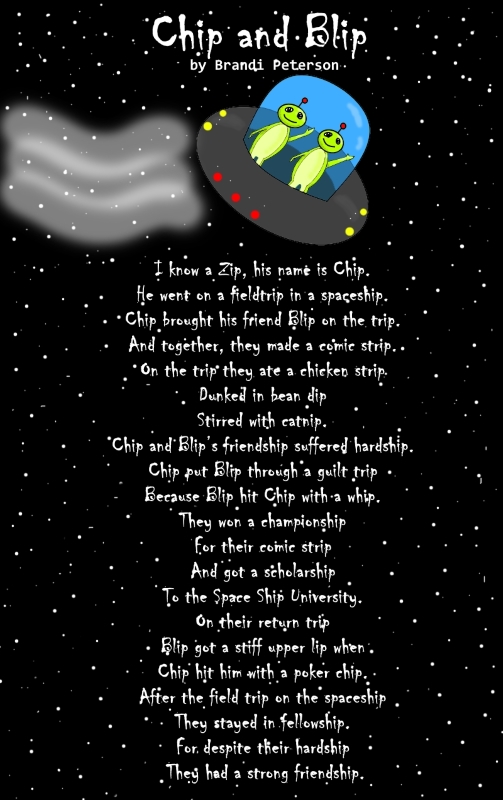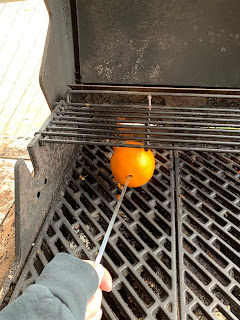Valiant Knight: A Creative Writing Activity
This creative writing activity employs the use of the creative writing process in order for your student(s) to create a story. All of my writing activities are appropriate for use either in a classroom setting or in a homeschool setting usually at the elementary school level but could be easily adjusted for older students.
As a refresher, here is a graphic to remind you how to
progress through the 5 steps of the creative writing process.
Okay, today we are going to have your student write a story
about a valiant knight.
Note: if your student is a girl, it is important not to
change this assignment to say “princess” or something with a female character.
Children can learn even more by writing about a character that is not exactly
like them. We can do a project with a female character on a different day for
which it will be important that boy children participate equally with girls.
Here is your writing prompt: The main character is a valiant (brave) knight. He is faced with a difficult problem. He comes up with a brave plan to solve the problem. The solution to the problem leads to a surprise ending!
Brain Storm
Let’s begin a brain storm. Your
student will need a fresh sheet of notebook paper.
Every story needs a beginning, middle, and end. So, have
your student write beginning at the top of their paper, skip a few lines and
write middle, skip a few lines and write ending. Older students could use separate
sheets of paper for each section to plan their story to allow them more room to
write.
In the beginning section, have the student introduce who the
characters in their story will be, give a setting, and give a good full
description of your main character, the valiant knight.
In the middle section, have your student describe a problem
the knight will face, which other characters, if any, caused the problem (a
witch? a dragon?), which of the other characters are affected by the problem (a
princess in a tower? a beloved pet?), and how the knight is going to try to
solve the problem.
In the ending section, have you student explain how the
problem is resolved and bring the story to a conclusion with a surprise ending!
Draft
Now it’s time to start a first (or rough) draft! One a clean
sheet of paper, using the elements from their brain storm, have student begin
composing a first draft of their story.
Revise
Revise with fresh eyes! Before you begin this step, STOP! Go
take a bathroom break, get a snack, take a lap, but do something COMPLETELY
different than this writing assignment. Have your student come back with fresh
eyes to read their first draft. If you have multiple students doing this
assignment, have them trade papers and read each other’s work. As they read
either their own or their partner’s story, ask them: “Does the story have a
beginning, middle, and an end? Who are the characters? What is the setting?
What is the plot (the problem)? How does it end (how is the problem resolved)?
Does the story make sense?” If anything is missing, the young author needs to
make sure those elements get added during the second draft.
For the purpose of learning the creative writing process, there
needs to be at least a first and a second draft of the story. However, the
revise and draft process can be repeated as many times as necessary to get the
story “just right”.
As the students are writing their second draft, ask them to
make sure that all the above elements are included in their story and that
their story makes sense (it has a definite sequence of events).
Edit
Similar to revising, it helps to step away for a time and come
back with fresh eyes. Now we are checking for grammatical and spelling errors
in the story. Students can again trade papers and help each other edit, or they
can do it themselves. Have them read every single word out loud very carefully.
Ask them if they notice any grammar or spelling errors. Once they have had a
chance to look over it, it’s time for the teacher (or parent) to check it for
grammar and spelling errors.
After all errors are discovered, the story goes back through
a draft/revision process. This should go much quicker than the previous drafts.
Publish
Once the student is completely satisfied with their story
and it is free of errors, the story can then be published! This is the most exciting
part of the process. After all that hard work, a story can finally be sent to
publishing! A great way to “publish” a student’s piece is to either have them
type it or the teacher can do that for the student and post it to the classroom
wall.
(Optional)
Depending on how big you would like this project to be, you
could do this over the course of several days. Once the final draft is made,
you could have the student illustrate their story with one or more pictures.
There are even blank picture books you can purchase from hobby stores where
students can make their story look like a real book.
However you decide to complete this activity, your student
will have a story they wrote themselves and it will hopefully be something they
will be very proud to share with their friends and family!
If you would like to share your valiant knight stories with
me, I would LOVE to read them! You can either copy the text of the story into
the comments box or send me a link to where you have hosted the image somewhere
online such as Facebook or Photobucket.





Comments
Post a Comment